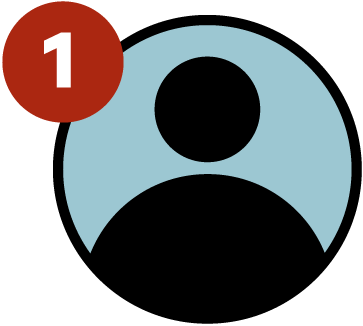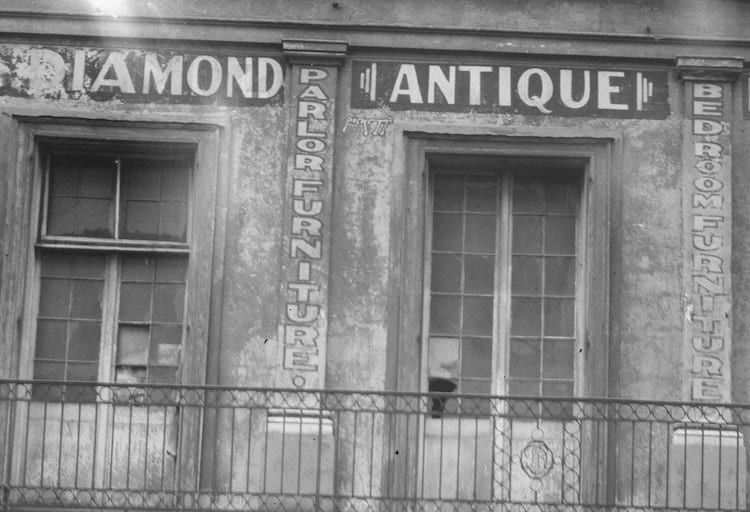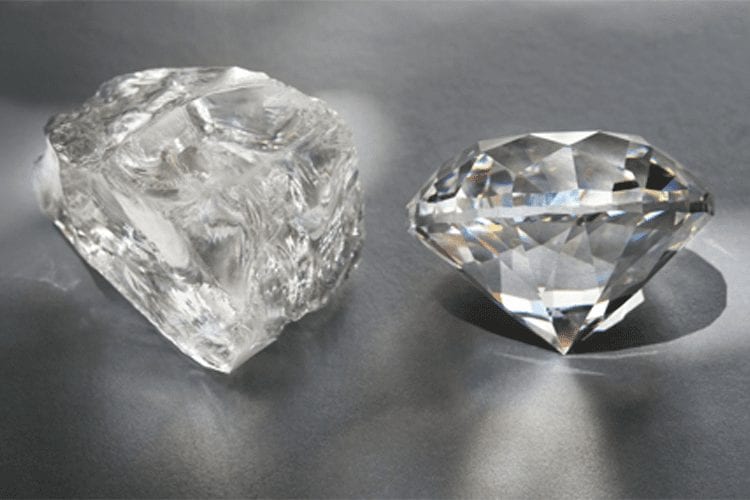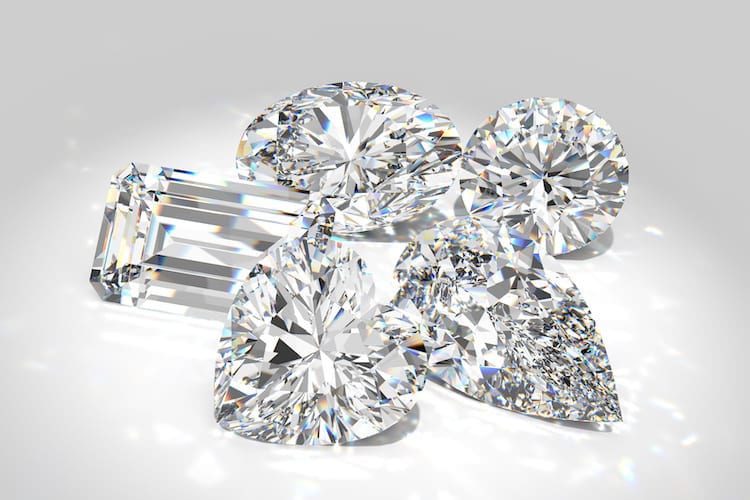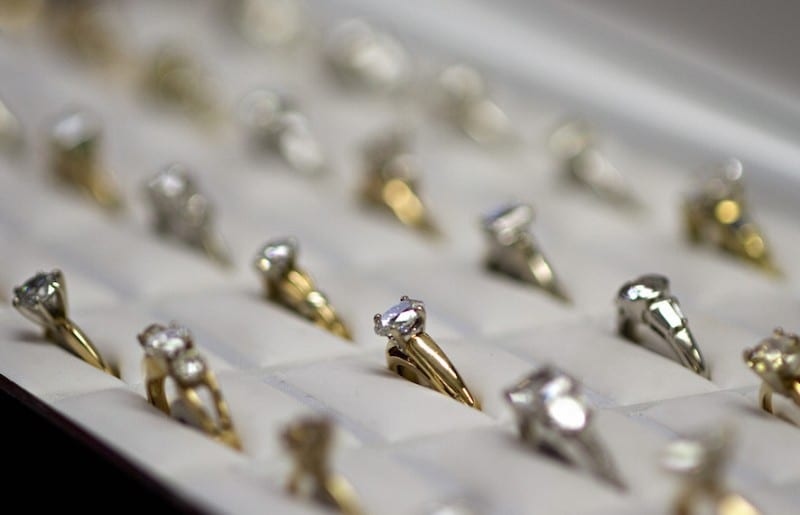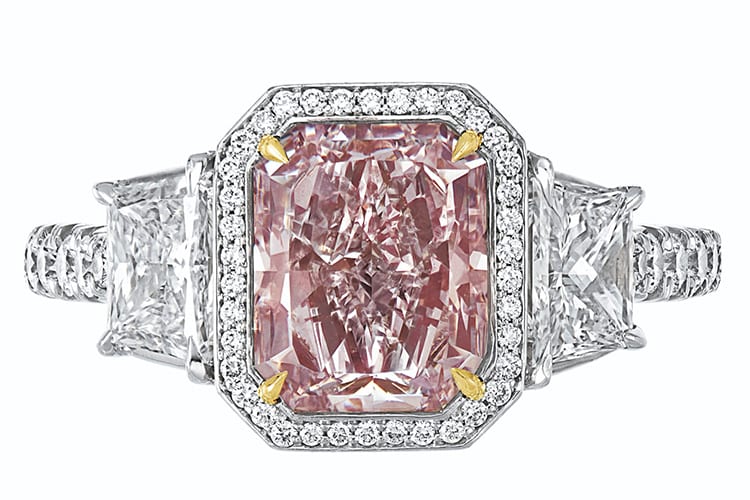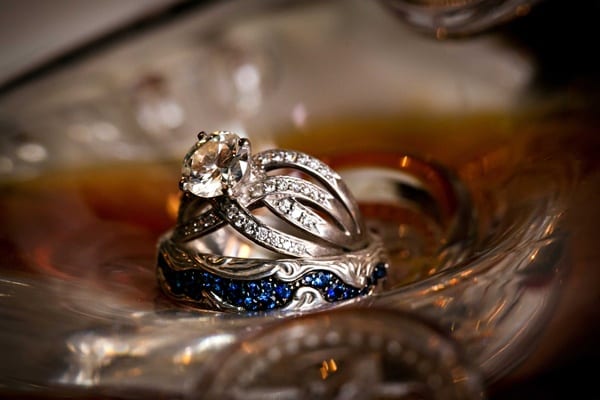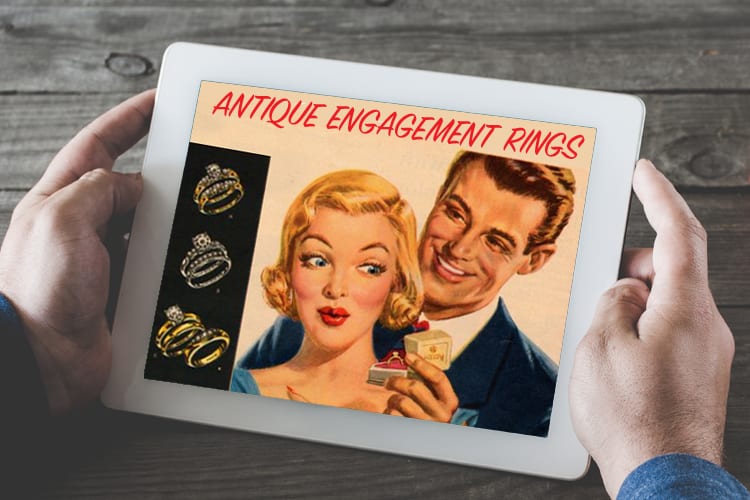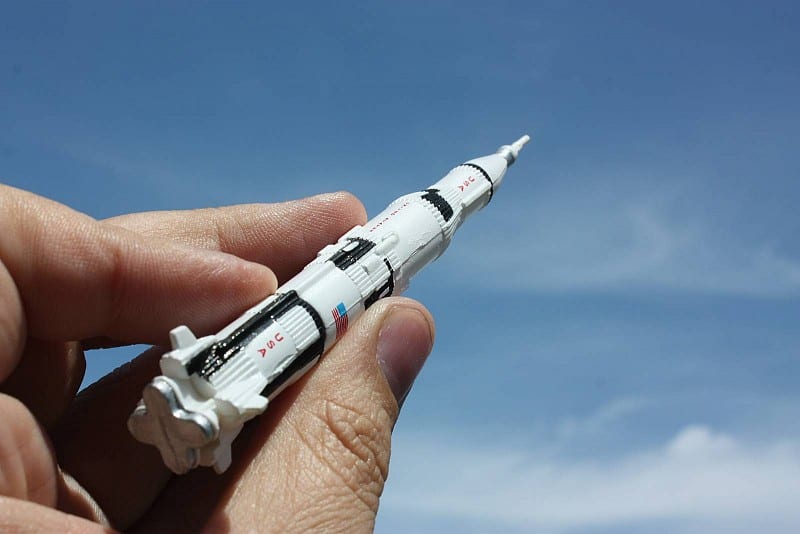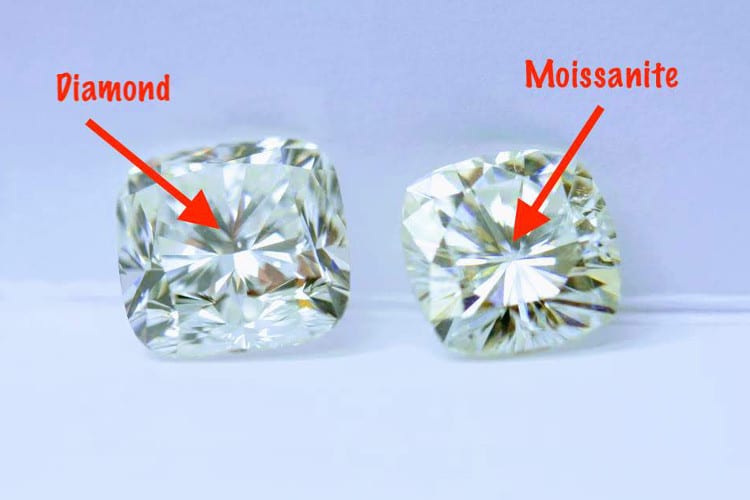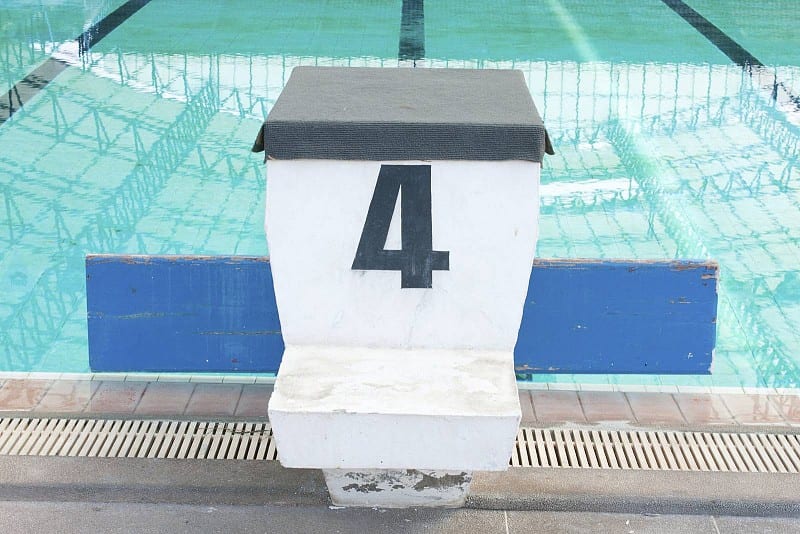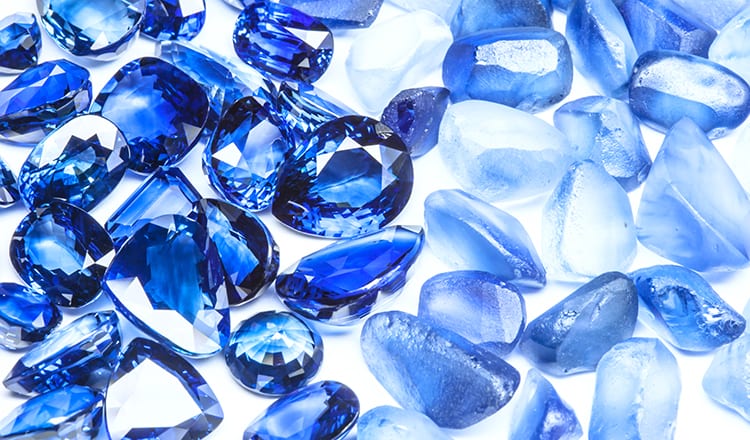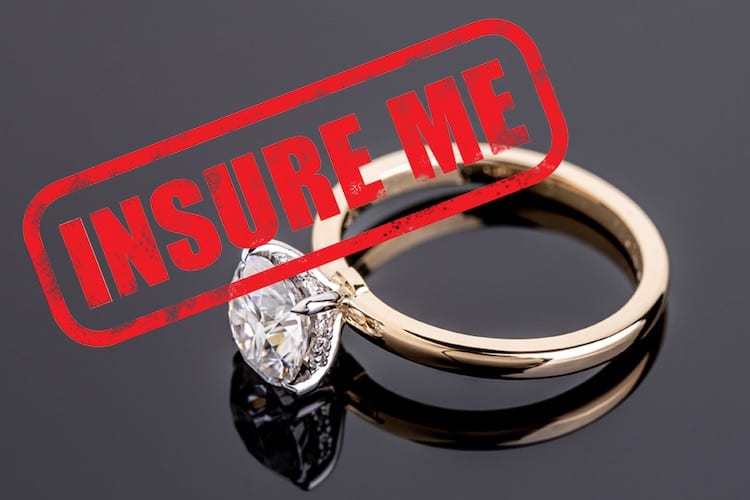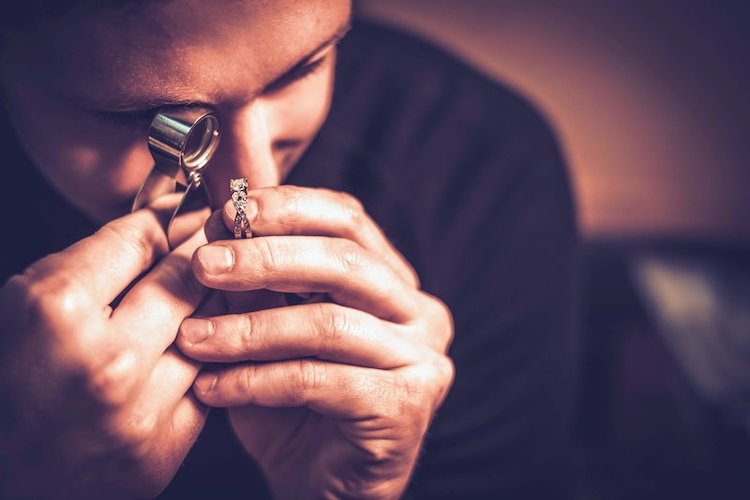
The simple answer: Your naked eye will never be able to discern a real diamond from a synthetic one — and there have been many advances in synthetics in recent years. That said, there are things you can do to make sure you get the diamond you paid a few months’ rent for.
Tip 1: Work with a reputable jeweler.
This is a big one. Ask around for recommendations. Check the jeweler’s credentials and see if there’s a certified gemologist onboard. Check customer reviews on Yelp and Google, not just for glowing reports but to see how the jeweler responds to complaints.
Go from zero to hero in five minutes: At James Allen or Blue Nile, you can adjust price ranges and other characteristics to see how many carats your budget buys. Their search tool is great. Their highly competitive pricing is too.
Tip 2: Ask if they have lab-grown diamond detection equipment.
Lab-grown diamonds have flooded the market in recent years. These aren’t fake diamonds, they’re actual diamonds made in labs instead of underground – and they can be mighty hard to detect with the naked eye. A certificate will cover you but accent diamonds in a ring may be too small to warrant a GIA certificate. They should be checked. Many jewelers now invest in special equipment or outside lab analysis to help lab-grown diamonds. Ask.
Tip 3: Bring someone who’s purchased a diamond before.
This can be a woman in your life who knows something about jewelry or another guy who went through the engagement-ring buying process. It helps to have back-up, to pool your knowledge. You probably didn’t buy your first car alone. Why should buying your first diamond be any different?
Tip 4: Buy a certified stone.
Certification from the GIA (Gemological Institute of America) is the most common of diamond grading reports, but there are other recognized gem labs in the U.S. and Europe. You can find a full list of trustworthy gem labs here.
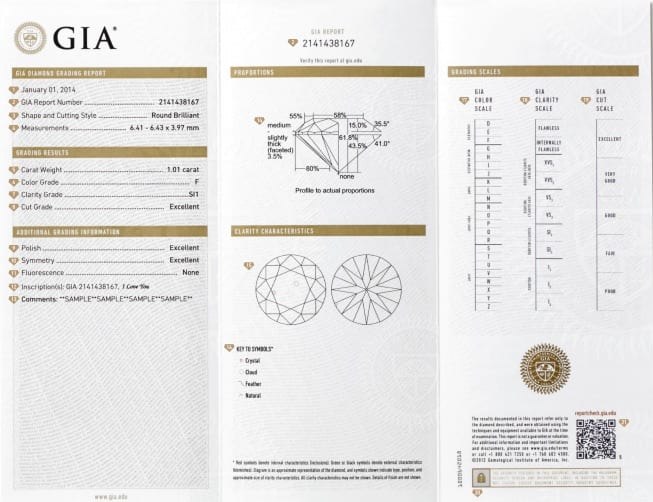
Word of warning: counterfeit lab reports are on the rise, according to the GIA. Even stones accompanied by legitimate reports may have been damaged, re-cut or re-polished after the report was done, altering the grade of the diamond.
Tip 5: Look for dates on the grading report.
You waited this long to find “the one” — the ring deserves equal scrutiny. At James Allen and Blue Nile, you can view diamonds from all angles — 360 degree rotation — to see how different “clarity” grades really look.
If a diamond hasn’t been submitted for a grading report for several years, there may be a reason. Make sure the report was issued less than 10 years ago and check the diamond carefully for wear.
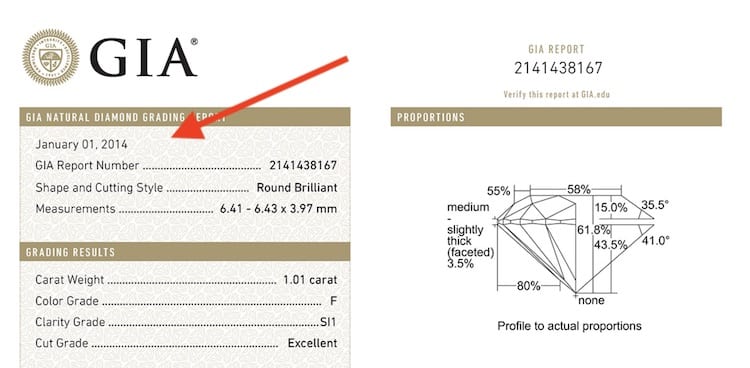
Even some dealers in Manhattan’s famous diamond district have been known to sell diamonds with phony certificates. They look official, listing a professional-looking website and mailing address. Except there is no such lab at that address.
Quick tricks for diamond detection
If you’re looking at a quality diamond ring at a reputable jeweler, moissanite and cubic zirconia will be labeled as such.
But if you’re shopping off the beaten path, at an estate sale or flea market, for example, and you come across something that looks like it might be diamond? Here are a few popular tricks to see if it’s real or fake—some that work and some that are merely wishful thinking.
- Newspaper Test. WORKS
If a diamond is loose or set in a way that allows this, put it face down on printed text. If you can read anything through the stone, it’s not a diamond.
- Black light. DOESN’T WORK
Popular legend has it that you can hold a diamond up to a black light and immediately spot it from a fake. It’s true that natural diamonds fluoresce in a certain way. Why you would have a black light handy, we don’t know. But even if you did, using fluorescence for gem detection is more complicated than that. Blue diamonds, for example, fluoresce red because they contain boron. If you’ve come this far and still can’t tell, don’t buy a black light. Take that diamond to a pro.
- Diamond detector. WORKS
If you want to get hardcore, you can buy diamond detectors online. Most are designed to tell moissanite or cubic zirkonia from diamonds. If you’re worried about synthetics, the Gemlogis Taupe can be had for a few hundred bucks and will detect synthetic and lab-grown diamonds if they’re not set in jewelry.
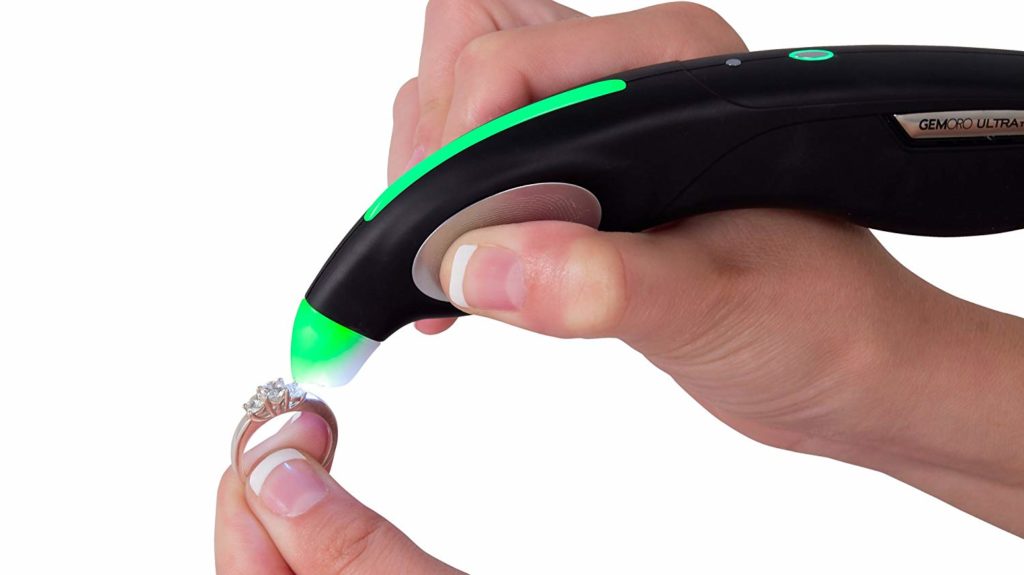
- Loupe. WORKS
If you’ve ever been to estate sales or auctions, you may have seen someone whip one of these out of a pocket and hold it to an eye to examine a piece of jewelry. A jeweler’s loupe is a tiny handheld magnifier specifically designed to examine gems and jewelry — not just the outer surface but inside the stone as well. You can buy a decent triple loupe for $35 to 50. Here are four I recommend on my site.
- Standard magnifying glass. DOESN’T WORK
Don’t even try; it will distort the stone and won’t allow you to properly look inside.
Finally, we offer a short bullet list of things to check for with a loupe:
- Inclusions.
Manmade material such as glass or cubic zirconia will not have inclusions. You’ll probably spot one or two tiny flaws in any natural gemstone, unless you’re looking at a flawless diamond (rare). If the inclusion is out of normal viewing range in the ring, it can actually bring the cost of the diamond down and benefit you.
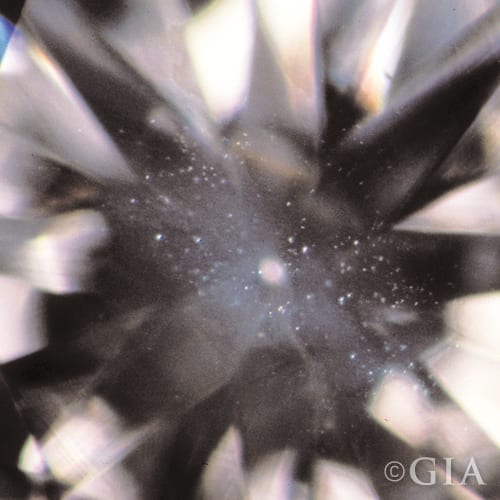
- Asymmetry.
Colorless spinel or sapphire were sometimes used as substitutes for diamonds in old jewelry. They can also have inclusions. Even lab-grown diamonds usually have minor flaws, precisely so they’ll look real. Look closely at the faceting (flat surfaces). They are more likely to be sloppily cut than diamonds.
- Glue.
If you spot any, this is not fine jewelry and almost certainly not a diamond. Rhinestones are glued; precious gems are not.
- Chips and scratches.
Viewed through your loupe, is the “diamond” scratched? It could be glass. Are the edges chipped? Zircon is not that soft but it’s brittle and facets will chip at the edges. Clear synthetic stones and cubic zirconia are harder. Man-made material like that won’t show that kind of wear through a loupe. Colorless gemstones used in antique jewelry to resemble diamonds won’t either. And diamond is the hardest natural material in the gem world; it rarely shows scratches, though it can chip and fracture with hard impact. Proper cutting and setting will minimize that.

